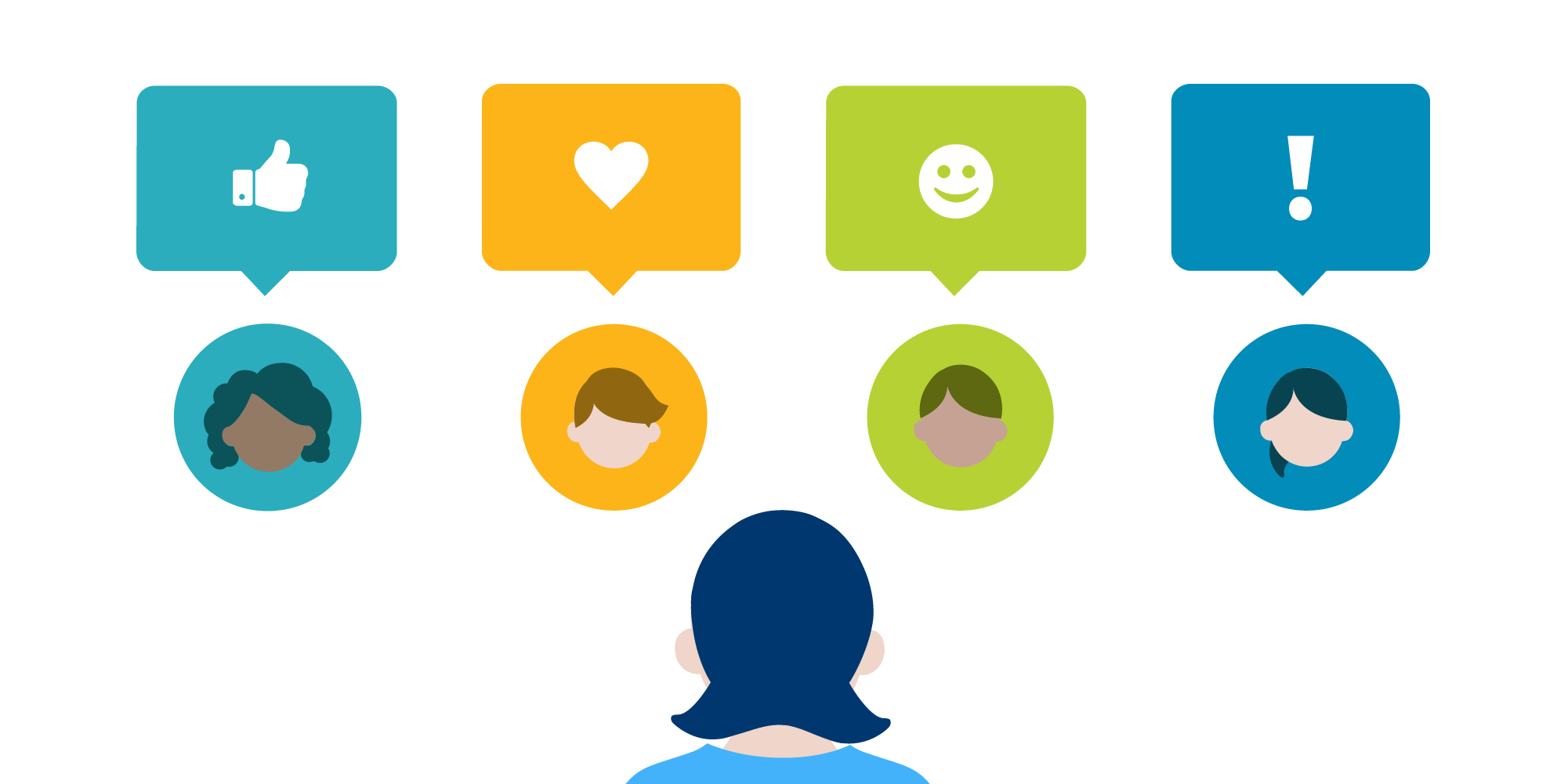In my last post, I outlined how Designers have the opportunity to take the baton of Product Leadership. Whether Designers seize on this opportunity or not is still an open question. What is certain is that we've entered the Experience Era. For Designers to attain this Product Leadership position, new professional challenges and choices lie ahead.
Sitting here in Silicon Valley, I can't help but think about what this new leader's caricature will be. Over the years, many groups have ascended to own this product leadership title. The hardcore engineers with pocket protectors, the nerdy computer science geeks, the slick MBA business dudes and then 'brogrammers'. If we look back 10-years from today, how will we think of the Designer ruling class?
As the geeks were coming to power, Steve Jobs introduced the black turtleneck and the Creative Director's affinity for this palette and fashion is still evident. This grouping are leaders of their craft but have never been viewed as business or product leaders like Jobs. That view, however, is beginning to change.
As brilliant as Jobs' design sensibilities were, it's also pretty well understood that he had many flaws. Woz said of Jobs "In his integrity, I cannot trust" (Quoted in Walter Isaacon's Steve Jobs autobiography). Before we jump into that vat of boiling oil, I'm not here to debate Steve Job's legacy. It's more fun to think about what the Designer leader caricature will look like in the future. With this ascension, will Designers just assume the 'what would Steve do?' ethos or is there something else, something better?
There are some key qualities needed to be a great Product Leader, irrespective of your background. How will leaders with a design background stack up against others in the Experience Era? Here’s a few questions to be considered:
Can You Craft a Great Story?
When compared to the other caricatures I mentioned above, Designers should have the best storytelling skills from a product experience perspective. It's no longer about the bits or bytes, or processor speed or features or functions. It's about the how and why a product will resonate with users in our ADHD world.
It's not just about the UI or UX or visuals or the mighty pixel or any other artifact; they are all piecemeal. This is about the 'why' someone will choose to spend time (and money) on one product vs another. Are leaders with a design background best suited to express and impart this product experience understanding on others? A good Designer should do well in this skills match-up with their ability to tell a great story and thus galvanize a team to build a great product experience.
Are You a Motivator?

Leadership is a lot about personality. People constantly make decisions about how to express themselves and motivate others. Instilling motivation can be achieved in many ways and there is no correct formula. As individuals, we decide what character traits we wish to expose as we look to motivate others.
Good Designers create positive and meaningful product experiences. It follows, therefore, that they should also be able to create positive environments and experiences for their team members. Designers are supposed to be the ones that understand emotions so they should have a head start in being able to positively energize a team when compared to other groupings, if as individuals they choose to do so.
Can You Focus and Execute?
This is the detail, the deliverables, the timeline and the marks you need to hit, aka for a lot of people...the boring stuff. Engineering tasks can be binary in their results but getting the correct output is fundamental. Design is never done. Product is not art. Outcomes, goals and timely task completion matter. Sweat the details, commit to launches and expose your work to the world, or die.
In any business, cash is your oxygen. How many times have you heard a start-up 'ran out of cash' or in larger corporations an initiative was 'going nowhere?' Failure is never a destination from the outset but it happens a lot and it needs to be embraced. This is not as some sort of 'fail' badge but as a core means of learning. Designers need to show how they too can work within timelines and guide a team to a result before a product's air supply gets cut-off. Test, iterate, launch, and move forward.
The challenge here for some Designers will be the requirement to think like business people. Will Designers suppress artistic tendencies as they strive for high levels of perfection before launching? Delivery and launching of product is a must. The intersection of creativity, business and technology is a sea of trade-offs. You can't please everyone; balance must be found. If you're completely happy with your product launch, you've probably waited too long or your standards need to be raised.
Are You Analytical and Honest?

Analytics is a skillset that normally wouldn't be seen as a core strength of many Designers but it's key to being a product leader. While creating and leading a team, you need to be able to look at everything from 3 levels: Outcomes, Goals and Tasks. As a product leader, it's again about finding the balance because you're going to work in the grey. Wants, desires, people's emotions, product experience, delivery dates, cashflow, resource allocations, budgets, sales or usage data. As a leader you need to set the agenda and provide clarity as to how success will be measured. Clarity of goals is important. Focusing just on outcomes without some underlying tangible goals to measure against, is another way to mask failure. Design may be subjective, a successful product is really not. As a leader you need to define product success.
Building businesses and products is a messy undertaking. Nobody really wants to see how the sausage is made but you need to know what goals you intend you and your team to hit to be successful and get to the next level. Goals can change based on better outcomes being imagined or created but you need to have a baseline.
A beautiful product that doesn't sell can be the death or at a minimum an anchor on a business. Leaders must be analytical, set goals or metrics and track against them. And be honest, with your team and yourself. Yes, there is such as thing as an ugly baby. Are Designers ready to set these baselines?
How Do People React to You?
Building a great product experience requires empathy with people and attunement with customers' needs. You and your team must work well together but customers after all, decide on the success, not the creators.
Let's not confuse the desire for empathy, however, leaders need to make tough decisions, be objective and generate results. When leading a team you are always selling an idea or a concept or a reasoning why something happened or needs to happen. If you're not selling your ideas or people are not buying in your ideas but you believe you are going to push them through, you're going down the dictatorial route. If you do head down that dictatorial and ultimate control route, I hope you're truly are exceptional because you're going to need to be to make it work.
So, Who Do You Want to Be?

People gravitate towards cult like personas. We can become 'wannabes' or caricatures of others as we try to appear in ways that we believe we should or is expected of us, whether in our dress code or mannerisms.
In the same way as Apple talked about changing the way people looked at computers with their 1984 Super Bowl commercial, I think the challenge for Designers now is to iterate on the caricature of a Design Leader as they ascend to higher responsibility as Product Leads.
My hope for Designers is as they look for leadership inspiration, they look beyond the turtleneck to other great leaders who are more people and service based in their approach. I think Richard Branson is one great and obvious choice in this regard. Branson has service and people at the core of the Virgin brand success.
From a skillsets perspective, Jobs was certainly at the intersection of creativity and technology. Jobs certainly didn't have the empathy and compassion of Branson and that was a huge flaw in terms of Jobs leadership style.
I don't think the world needs another Steve Jobs but it does need great innovators like him. I don't think Jobs would want the world to have another person like him either because I feel he truly believed in his own uniqueness. Even in the book, Creativity, Inc., Ed Catmull Co-Founder of Pixar talks about Jobs not wanting people to say to themselves 'What would Steve do?'
Leadership is personal but people can be lemmings. Designers, ideate and iterate on your leadership caricature. Don't be lemmings or a caricature of a bad Apple ad.
What does the Richard Branson of Product Leadership look like? That would be my personal choice, but hey...it’s not up to me...now over to you!
